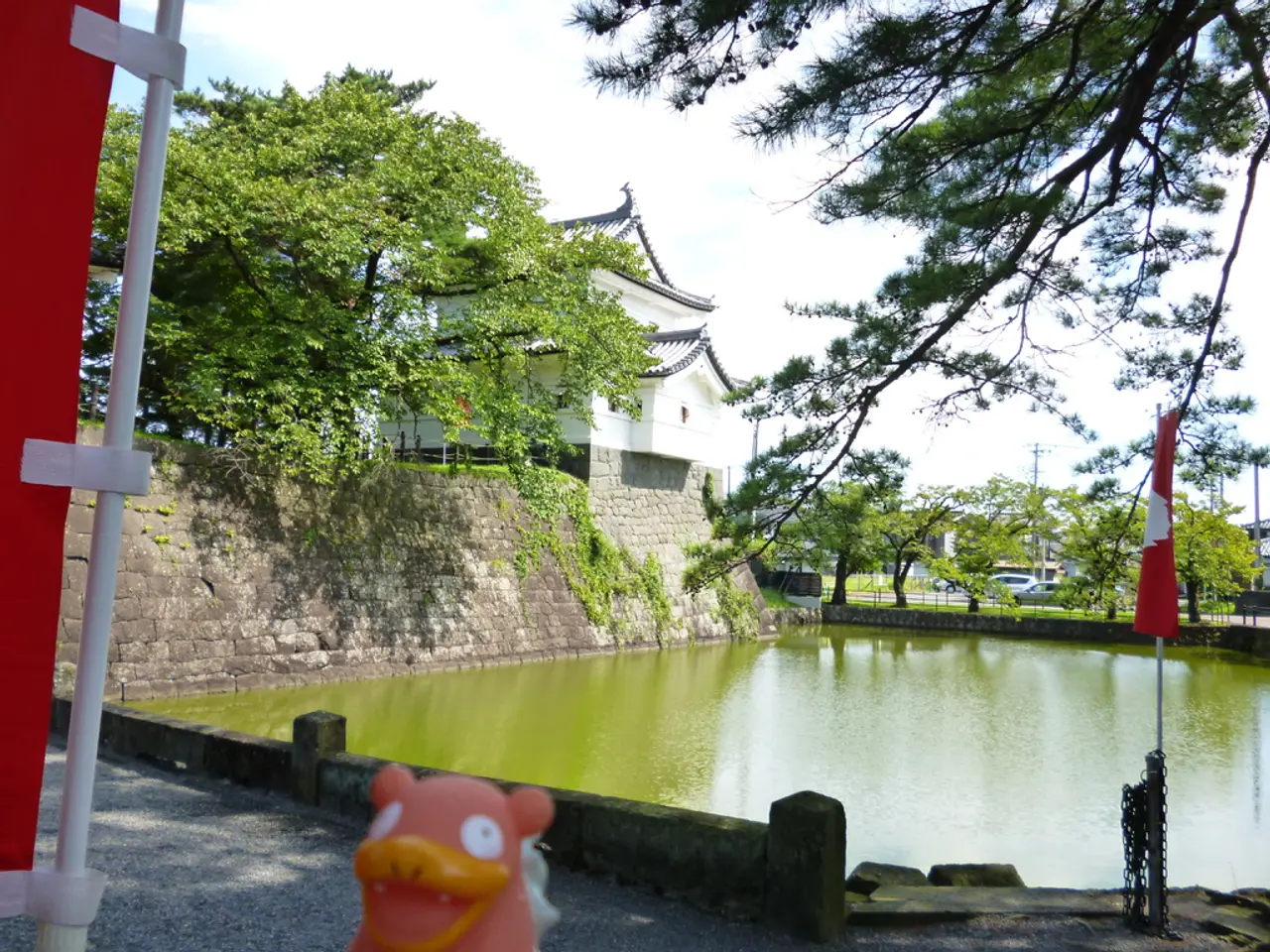Unraveling Common Misconceptions Surrounding Prized Coral Reefs
In the vibrant and diverse world of corals, some species have gained a special status in the jewellery industry. These precious corals, primarily belonging to the genus *Pleurocorallium*, are known for their stunning colours and rarity.
One such species is the Japanese Red Coral (*Corallium japonicum* and related species), renowned for its deep ox-blood red color, particularly from regions such as the Ogasawara Islands, Kochi, Okinawa, Kagoshima, and Nagasaki in Japan. These corals are prized for their vibrant and high-quality red hues, scarce surface inclusions, and excellent clarity.
Another well-known precious coral is the Mediterranean Red Coral (*Corallium rubrum*). Historically one of the most famous precious corals used in jewellery, Mediterranean coral is renowned for its rich red to pinkish colors and has been a staple in the jewellery trade for centuries.
Recent scientific advancements have allowed for more accurate distinction between these species, enhancing transparency in the gem trade and provenance documentation. This is particularly important as many coral species show similar colours and physical characteristics that are difficult to differentiate using traditional gemmological methods alone.
Other recognised precious coral species include *Corallium japonicum*, *Pleurocorallium elatius*, *Pleurocorallium konojoi*, *Pleurocorallium secundum*, and *Hemicorallium laauense*. While some of these species, like *Corallium japonicum*, *Pleurocorallium elatius*, and *Pleurocorallium konojoi*, were listed for monitoring in Appendix III of CITES at the request of China in 2008, they are not listed in more restrictive CITES Appendixes I and II.
However, not all corals are precious or suitable for the jewellery industry. Common corals, apart from the Corallidae family species, include mostly calcareous types, like sponge corals, bamboo corals, and blue corals, as well as black and golden corals, which have non-calcareous exoskeletons. Some shallow-water coral species, such as those in Australia's Great Barrier Reef, are endangered due to climate change and ocean acidification.
The preservation of reef corals should be a priority not only for the jewellery industry but also for society as a whole. Climate change and ocean acidification are major contributors to the endangerment of shallow-water coral species. The need for education of both the trade and the consumer in these matters is of prime importance to correct inconsistencies in the terminology used to describe precious coral, inform the public about the biology, ecology, history, and legacy of precious coral, and raise public awareness of issues related to the sustainability of coral in general, and precious coral in particular, predominantly in light of the challenges posed by global warming and ocean acidification.
References:
[1] Coral: A Gemstone's Journey from Ocean to Jewelry Box, GIA (Gemological Institute of America)
[3] Precious Corals: The Basics, Gem-A (Gemmological Association of Great Britain)
[5] The Mediterranean Red Coral (Corallium rubrum): a review of its biology, ecology, history, and legacy, Marine Pollution Bulletin, Volume 132, 2018, Pages 212-223
- To understand the world of gemmology, consider enrolling in a diploma course or attending workshops and courses provided by renowned institutions like the Gemological Institute of America (GIA) and the Gemmological Association of Great Britain (Gem-A).
- For a deeper exploration into the world of precious corals, refer to publications such as "Coral: A Gemstone's Journey from Ocean to Jewelry Box" (GIA) and "Precious Corals: The Basics" (Gem-A).
- As a lifestyle enthusiast, incorporate precious coral pieces into your fashion-and-beauty or home-and-garden aesthetics, while supporting sustainable practices in the jewellery industry.
- Take a travel journey to explore different regions where precious corals are found, such as the Ogasawara Islands in Japan or the Great Barrier Reef in Australia.
- For sports lovers, the demand for high-quality corals extends to sporting equipment, where particular attention is paid to coral-infused grips and diving equipment.
- In the culinary world, food-and-drink establishments have started including unique coral-inspired dishes and beverages to elevate the dining experience, adding an edge to both fine dining and casual establishments.




